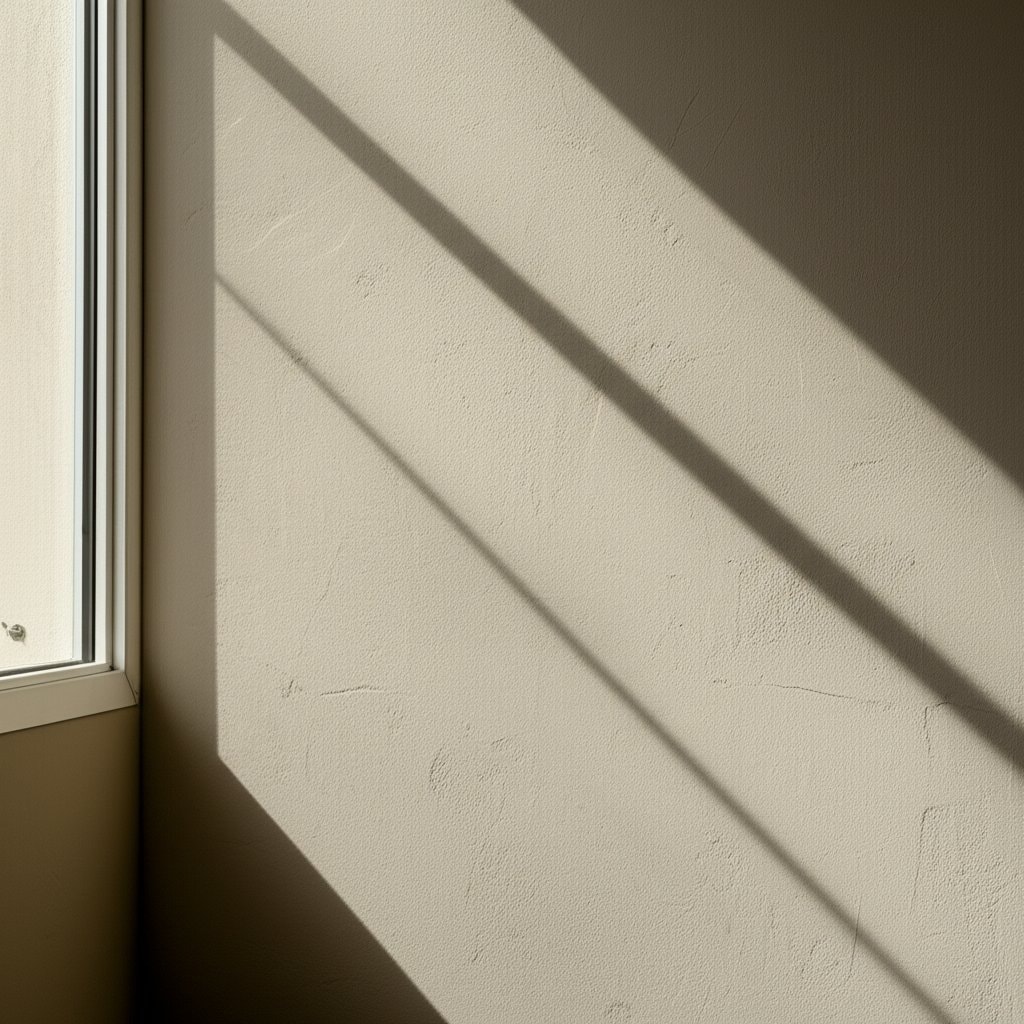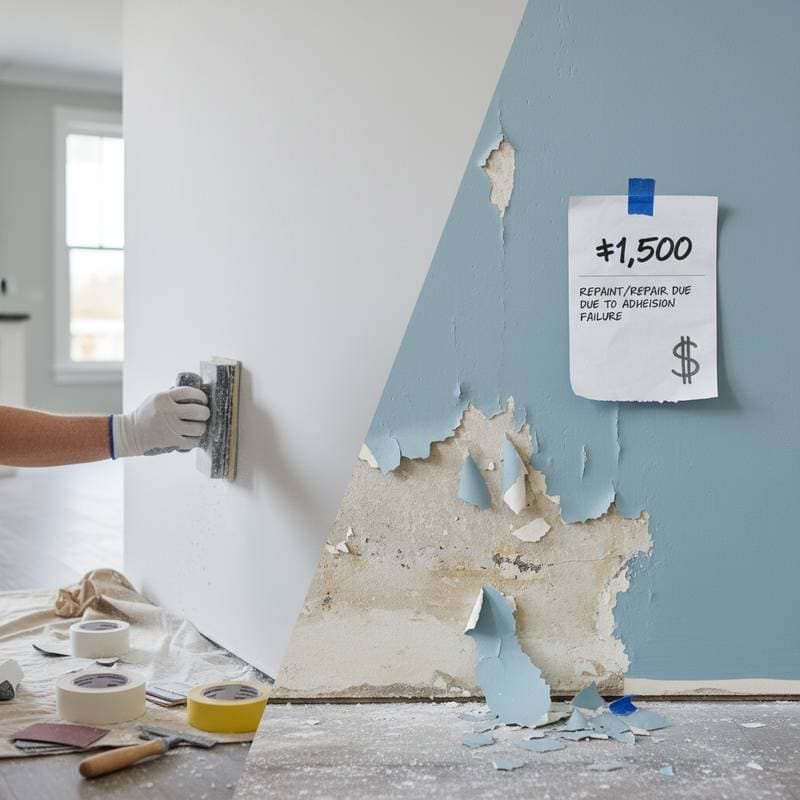Why Limewash Outperforms Matte Paint in 2025 Renovations
Homeowners seeking timeless style and natural beauty increasingly select limewash finishes for their projects. This option, traditionally used in rustic cottages and historic buildings, now dominates modern renovations. Limewash provides authentic texture, subtle color variations, and depth that matte paints cannot match. Its breathable nature and eco-friendly properties attract those who prioritize both aesthetics and sustainability. To grasp why limewash surpasses matte finishes, examine the cost and performance elements that shape renovation decisions.
Limewash Cost Overview
Limewash application costs range from $2 to $8 per square foot, influenced by surface condition, labor rates, and material quality. For an average room, professional installation totals $600 to $1,800. Full-home exterior projects span $4,000 to $9,000. Variations arise from preparation requirements, coat numbers, and lime types.
Average Cost Ranges by Project Size
- Small Room (100-150 sq. ft.): $300 - $700
- Medium Room (200-300 sq. ft.): $600 - $1,200
- Large Room or Open Space (400+ sq. ft.): $1,400 - $2,800
Cost Breakdown per Square Foot
| Category | Cost Range | Description |
|---|---|---|
| Materials | $0.75 - $2.50 | Lime putty, mineral pigments, and natural additives |
| Labor | $1.25 - $5.00 | Skilled application, layering, and finishing |
| Preparation | $0.50 - $1.50 | Surface cleaning, repair, and priming |
| Additional Factors | $0.25 - $1.00 | Custom tinting, sealing, or texturing |
Matte paint presents lower initial expenses, yet limewash offers superior surface quality and endurance that justify the added investment.
Factors Affecting Limewash Costs
Multiple variables determine limewash project expenses. Homeowners benefit from understanding these to refine budget plans.
1. Surface Condition
Porous surfaces like brick, plaster, and stone integrate limewash easily. Smooth drywall or painted areas demand extensive preparation, elevating costs. Sanding, cleaning, and priming add $0.50 to $1.00 per square foot in labor.
2. Application Technique
Limewash builds depth through thin, translucent layers. Expert application ensures the desired mottled effect. Advanced methods, such as multi-tone blending or weathered appearances, raise labor by 15 to 25 percent.
3. Material Quality
High-calcium lime with natural pigments exceeds synthetic options in price. Superior materials enhance color dynamics and breathability, aiding resistance to moisture and mold.
4. Surface Area and Accessibility
Tall ceilings, odd shapes, or exteriors needing scaffolding extend time and resources. Such challenges increase costs by 10 to 20 percent.
5. Regional Labor Rates
Urban zones with elevated painter fees push projects toward higher ranges. Rural or small-town areas provide more affordable options.
Detailed Cost Analysis by Finish Type
| Finish Type | Basic Range | Standard Range | Premium Range | Key Differences |
|---|---|---|---|---|
| Interior Limewash | $2 - $5 per sq. ft. | $3 - $6 per sq. ft. | $5 - $8 per sq. ft. | Basic single coat vs. multi-layer textured finishes |
| Exterior Limewash | $3 - $6 per sq. ft. | $4 - $7 per sq. ft. | $6 - $9 per sq. ft. | Weather-resistant additives and thicker application |
| Matte Paint (for comparison) | $1 - $3 per sq. ft. | $2 - $4 per sq. ft. | $3 - $5 per sq. ft. | Smooth finish, less depth, may require primer |
Matte options yield short-term savings, but limewash provides greater character, durability, and natural allure.
Why Limewash Shapes Modern Design Trends
Limewash gains favor through visual and functional advantages over matte paint. Current trends favor warmth, texture, and sustainability in design elements.
1. Authentic Texture and Depth
Matte paint conceals flaws with a uniform surface, but it appears flat in varying light. Limewash engages light dynamically, yielding gentle shifts and shadows. Brushstrokes impart unique character, ideal for accent walls or full rooms emphasizing visual intrigue.
2. Natural and Breathable Composition
Limewash relies on slaked lime and water with few chemicals, bonding via carbonation. This creates a permeable layer that releases moisture, preventing peeling or bubbling. In older homes with plaster or masonry, it preserves wall integrity.
3. Eco-Friendly and Sustainable Appeal
Renovation movements highlight responsible materials. Limewash aligns as a non-toxic, VOC-free choice from renewable sources. It absorbs carbon dioxide while curing, reducing its environmental impact. Synthetic matte paints fall short in these areas.
4. Timeless Aesthetic Versatility
Limewash suits rustic villas or sleek modern spaces with its chalky softness. It complements wood, stone, and metal for serene, organic environments. Matte paint achieves cleanliness but misses limewash's tactile subtlety.
Value and ROI Considerations
Limewash extends beyond appearance to deliver tangible benefits.
- Durability: Proper installation ensures decades of service without flaking, as it hardens through carbon dioxide reaction.
- Low Maintenance: Touch-ups integrate naturally due to inherent variations. Matte repairs often reveal patches.
- Improved Indoor Air Quality: Mineral makeup inhibits mold and bacteria for healthier spaces.
- Resale Appeal: The finish signals premium craftsmanship, boosting property value.
Over time, limewash's upfront premium yields savings in upkeep and enhances home worth.
Money-Saving Strategies for Limewash Projects
Homeowners control expenses through targeted approaches.
-
Prepare Surfaces in Advance
Clean and repair walls prior to contractor arrival to cut labor. Early removal of old layers saves hundreds. -
Choose Mid-Range Finishes
Standard products deliver texture and strength without premium pricing for exotic elements. -
Bundle Projects
Combine rooms or interior-exterior work to negotiate lower rates per square foot. -
Schedule During Off-Peak Seasons
Winter slowdowns prompt discounts from contractors seeking steady work. -
Consider DIY for Small Areas
Tackle accent walls or fireplaces with preparation and practice to avoid full labor fees.
Planning Your Budget
Effective budgeting supports seamless limewash execution.
- Estimate Total Square Footage: Measure precisely and add 10 percent for waste and corrections.
- Include Preparation Costs: Factor in repairs, priming, or cleaning that accumulate rapidly.
- Set a Contingency Fund: Reserve 10 to 15 percent for surprises in materials or labor.
- Compare Quotes: Obtain itemized bids from three painters detailing materials and work.
- Assess Long-Term Value: Weigh initial outlay against reduced maintenance and extended lifespan.
Limewash demands more at the start, but its enduring elegance proves a wise choice for distinctive results.
Frequently Asked Questions
1. What is the average cost for limewash in 2025?
Professional limewash projects typically cost $2 to $8 per square foot, depending on surface type, number of coats, and labor rates. A single-room project might range from $600 to $1,800, while full-home exteriors often total $4,000 to $9,000. Matte paint is generally cheaper but requires more frequent repainting.
2. What factors have the biggest impact on limewash costs?
The main cost drivers include surface condition, project size, and material quality. Rough or damaged surfaces require additional preparation, while larger or more complex areas increase labor time. High-quality limewash with pure mineral pigments also raises material costs but improves visual depth and durability.
3. How can I save money on limewash without sacrificing quality?
Homeowners can save by preparing surfaces themselves, selecting mid-range products, or scheduling projects during slower seasons. Bundling multiple spaces or working with local contractors can also secure better rates. For small accent areas, DIY application is a practical way to reduce costs.
4. Should I hire professionals or attempt limewash as a DIY project?
Professionals deliver consistent texture and even coverage, particularly for large areas or exteriors. DIY application is possible on small projects if you have patience and practice. Keep in mind that limewash dries quickly and can appear streaky without proper technique, so professional results are usually more refined.
5. How do I budget for unexpected costs in a limewash project?
Build a contingency fund of 10 to 15 percent of the total estimate to cover surprises like extra preparation or material adjustments. Obtain detailed quotes that itemize potential variables such as surface repairs. Track expenses during the project to stay within bounds.
6. When is the best time to start a limewash project for the lowest costs?
Off-peak seasons, such as winter or early spring in many regions, offer the best opportunities for reduced rates. Contractors fill slower periods with discounts to maintain workflow. Avoid peak summer months when demand drives up prices.



